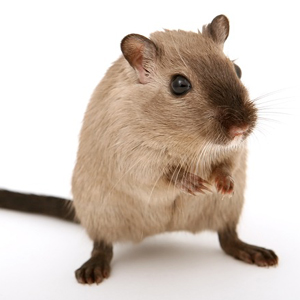Pax7 reporter mouse models: a pocket guide for satellite cell research

Accepted: 13 December 2023
HTML: 25
All claims expressed in this article are solely those of the authors and do not necessarily represent those of their affiliated organizations, or those of the publisher, the editors and the reviewers. Any product that may be evaluated in this article or claim that may be made by its manufacturer is not guaranteed or endorsed by the publisher.
Authors
Since their discovery, satellite cells have showcased their need as primary contributors to skeletal muscle maintenance and repair. Satellite cells lay dormant, but when needed, activate, differentiate, fuse to fibres and self-renew, that has bestowed satellite cells with the title of muscle stem cells. The satellite cell specific transcription factor Pax7 has enabled researchers to develop animal models against the Pax7 locus in order to isolate and characterise satellite cell-mediated events. This review focuses specifically on describing Pax7 reporter mouse models. Here we describe how each model was generated and the key findings obtained. The strengths and limitations of each model are also discussed. The aim is to provide new and current satellite cell enthusiasts with a basic understanding of the available Pax7 reporter mice and hopefully guide selection of the most appropriate Pax7 model to answer a specific research question.
How to Cite

This work is licensed under a Creative Commons Attribution-NonCommercial 4.0 International License.
PAGEPress has chosen to apply the Creative Commons Attribution NonCommercial 4.0 International License (CC BY-NC 4.0) to all manuscripts to be published.
Similar Articles
- Dario Coletti, Chemotherapy-induced muscle wasting: an update , European Journal of Translational Myology: Vol. 28 No. 2 (2018)
- Dario Coletti, Nissrine Daou, Medhi Hassani, Zhenlin Li, Ara Parlakian, Serum Response Factor in muscle tissues: from development to ageing , European Journal of Translational Myology: Vol. 26 No. 2 (2016)
You may also start an advanced similarity search for this article.

 https://doi.org/10.4081/ejtm.2023.12174
https://doi.org/10.4081/ejtm.2023.12174



